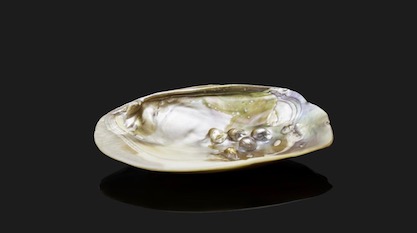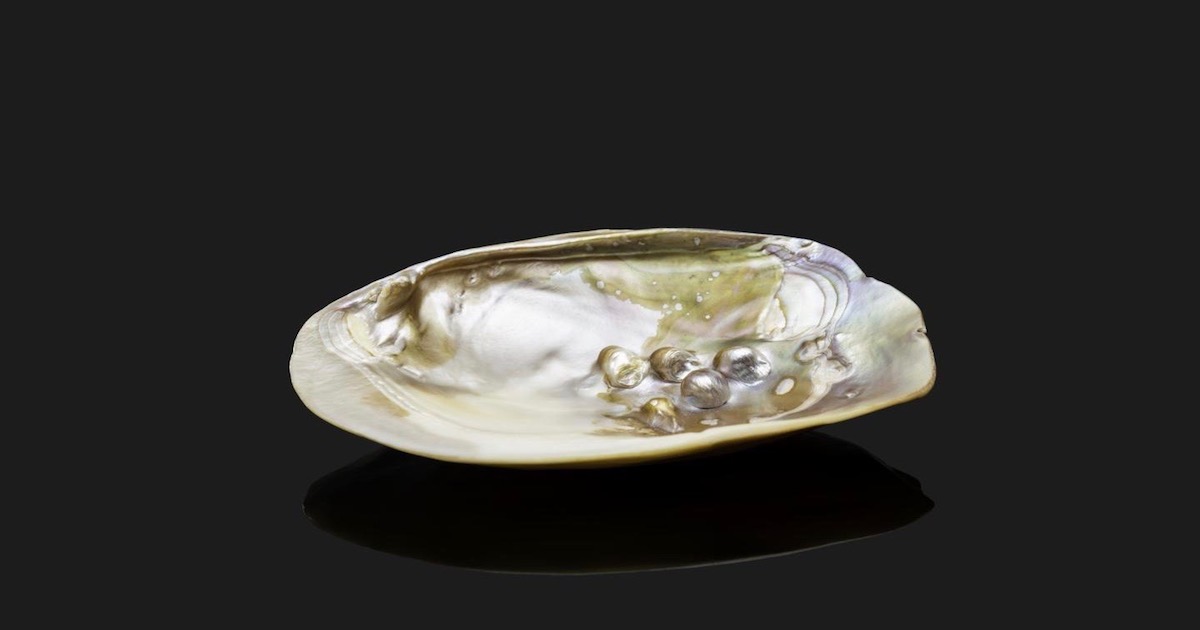 Intelligent Design
Intelligent Design
Human Designers Struggle to Match Biological Designs


If design finesse were a product of honing by natural selection, why do we find some of the best designs in the simplest of organisms? In fact, astonishing designs in living systems are found throughout the world. They don’t improve over time in Darwin’s tree; they are already superb from the beginning. Here are a couple of neat illustrations.
Build a Better Venus Flytrap?
A biomimetic “snapping” device made of hydrogel has been invented by an international team of engineers, reports Phys.org. But the device, inspired by the Venus flytrap, is a far cry from its biological counterpart. The living plant does far more than snap shut. It incorporates toothed edges that form a cage for its prey, trigger hairs able to distinguish between living and lifeless objects, and digestive juices that obtain nutrients from trapped bugs. Just getting the artificial device to snap quickly was a major challenge. The paper in Science Advances indicates the difficulty of imitating what nature makes look easy:
In nature, the leaves of the Venus flytrap can rapidly close up to capture insects in one-tenth of a second, a behavior distinct from that of the typically gradual and relatively slow shape transformation of hydrogels…. The extremely rapid motion of this plant is believed to associate with the accumulation and quick release of energy. Mimicking this sudden yet discontinuous motion is essential to the development of ultrafast actuators with broad applications (e.g., in soft robots). The few existing approaches to achieve this type of motion are usually based on reversible switching between concave and convex structures of bistable polymeric sheets, which only allows for limited complexity in structures and actuation behaviors. Nevertheless, there is still a great need for new design principles of snapping motion of responsive materials. [Emphasis added.]
Who would have thought that a tender little low-lying plant in North Carolina swamps would leave some of the world’s best materials engineers scratching their heads? They made some progress getting programmable snapping actions out of “dual-gradient structural design” of the hydrogels. At this stage, it’s just a “general principle” requiring more work to be able to incorporate it in real-world applications. If they can get the device to make seeds and reproduce itself, they’ll really be onto something.
Cheating with Bacteria
Mother-of-pearl, or nacre, is not only a beautiful substance for jewelry and ceramics; it is a remarkable material. Biomimetics engineers find it highly desirable because of its ability to resist shattering. Scientists at the University of Rochester know that “The strongest synthetic materials are often those that intentionally mimic nature.”
One natural substance scientists have looked to in creating synthetic materials is nacre, also known as mother-of-pearl. An exceptionally tough, stiff material produced by some mollusks and serving as their inner shell layer, it also comprises the outer layer of pearls, giving them their lustrous shine.
But while nacre’s unique properties make it an ideal inspiration in the creation of synthetic materials, most methods used to produce artificial nacre are complex and energy intensive.
Those methods also produce toxic wastes. If a clean method could be devised to mass produce artificial nacre, it would be useful for biocompatible bone implants and even structures on the moon, as a short video clip indicates:
Now, Anne S. Meyer and colleagues have made a breakthrough in the production of nacre. But they cheated, in a way: they used bacteria to help!
Nacre’s remarkable properties stem from the way it is constructed. An oyster lays down calcium carbonate layers interbedded with protein in a hierarchical pattern, making it able to absorb energy and yet retain toughness. The team’s paper in a journal named Small (which publishes findings about the micro- and nano-worlds of materials) explains.
The impressive mechanical properties of natural composites, such as nacre, arise from their multiscale hierarchical structures, which span from nano‐ to macroscale and lead to effective energy dissipation. While some synthetic bioinspired materials have achieved the toughness of natural nacre, current production methods are complex and typically involve toxic chemicals, extreme temperatures, and/or high pressures. Here, the exclusive use of bacteria to produce nacre‐inspired layered calcium carbonate‐polyglutamate composite materials that reach and exceed the toughness of natural nacre, while additionally exhibiting high extensibility and maintaining high stiffness, is introduced. The extensive diversity of bacterial metabolic abilities and the possibility of genetic engineering allows for the creation of a library of bacterially produced, cost‐effective, and eco‐friendly composite materials.
If scientists could mass-produce artificial nacre in a “green” and cost-effective way, all kinds of applications could result. The team envisions the possibilities. With a vial of bacteria, the sky is the limit:
And, while the material is tougher and stiffer than most plastics, it is very lightweight, a quality that is especially valuable for transportation vehicles like airplanes, boats, or rockets, where every extra pound means extra fuel. Because the production of bacterial nacre doesn’t require any complex instruments, and the nacre coating protects against chemical degradation and weathering, it holds promise for civil engineering applications like crack prevention, protective coatings for erosion control, or for conservation of cultural artifacts, and could be useful in the food industry, as a sustainable packaging material.
The nacre might also be an ideal material to build houses on the moon and other planets: the only necessary “ingredients” would be an astronaut and a small tube of bacteria, Meyer says. “The moon has a large amount of calcium in the moon dust, so the calcium’s already there. The astronaut brings the bacteria, and the astronaut makes the urea, which is the only other thing you need to start making calcium carbonate layers.”
It’s also beautiful, Meyer points out — if the lab can get the layers as thin as found in natural oyster shells, which is near the wavelength of light, producing those shimmering colors. The layers in the artificial nacre are too thick for that.
That is two very different organisms: a plant and a bacterium, with design characteristics that inspire yet challenge our best scientific minds. Design is the future of biology. Darwinism may just collapse from exhaustion, if engineers keep pumping out news like this about their attempts to catch up with the superior designs in nature.
Photo: Nacre, aka mother-of-pearl, by J. Adam Fenster via University of Rochester.
